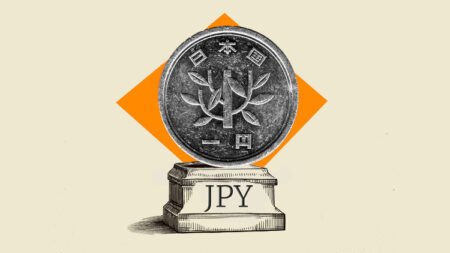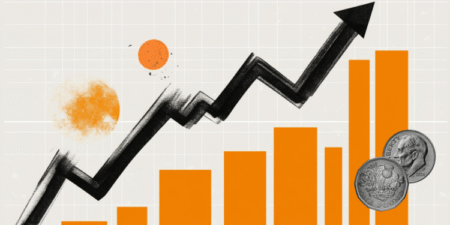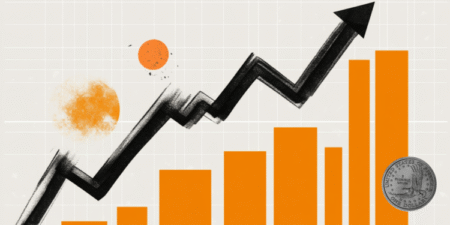- Silver price edges higher to $37.85 in Thursday’s Asian session.
- Fed’s rate cut bets and industrial demand support the Silver price.
- Traders brace for the Fed’s annual Jackson Hole symposium later on Friday.
The Silver price (XAG/USD) gains traction to near $37.85 during the Asian trading hours on Thursday. The white metal receives support from the expectation of a US Federal Reserve (Fed) rate cut in the September meeting. The attention will shift to the Fed’s annual Jackson Hole symposium later on Friday.
A jump in US wholesale prices last month and a solid increase in July’s Retail Sales reports dimmed the prospect of an oversized 50 basis points (bps) Fed cut. However, investors still anticipate rate reductions this year.
Markets expect the US central bank to deliver rate cuts at the next policy meeting, with probability estimates nearly 83%, according to the CME Fedwatch tool. Lower interest rates could reduce the opportunity cost of holding Silver, supporting the non-yielding white metal.
Additionally, growing industrial demand, particularly in sectors like renewable energy and electronics, might contribute to Silver’s upside. According to Reuters, silver demand for solar applications has been a significant contributor to overall consumption in 2025, aligning with record-high installations of solar photovoltaic systems worldwide.
Fed Chair Jerome Powell will deliver his speech during the central bank’s annual symposium at Jackson Hole, Wyoming. This event could offer some hints about the US interest rate path. If Powell guided a “wait and see” approach and leans to the hawkish side, this could lift the US Dollar (USD) and undermine the USD-denominated commodity price.
Silver FAQs
Silver is a precious metal highly traded among investors. It has been historically used as a store of value and a medium of exchange. Although less popular than Gold, traders may turn to Silver to diversify their investment portfolio, for its intrinsic value or as a potential hedge during high-inflation periods. Investors can buy physical Silver, in coins or in bars, or trade it through vehicles such as Exchange Traded Funds, which track its price on international markets.
Silver prices can move due to a wide range of factors. Geopolitical instability or fears of a deep recession can make Silver price escalate due to its safe-haven status, although to a lesser extent than Gold’s. As a yieldless asset, Silver tends to rise with lower interest rates. Its moves also depend on how the US Dollar (USD) behaves as the asset is priced in dollars (XAG/USD). A strong Dollar tends to keep the price of Silver at bay, whereas a weaker Dollar is likely to propel prices up. Other factors such as investment demand, mining supply – Silver is much more abundant than Gold – and recycling rates can also affect prices.
Silver is widely used in industry, particularly in sectors such as electronics or solar energy, as it has one of the highest electric conductivity of all metals – more than Copper and Gold. A surge in demand can increase prices, while a decline tends to lower them. Dynamics in the US, Chinese and Indian economies can also contribute to price swings: for the US and particularly China, their big industrial sectors use Silver in various processes; in India, consumers’ demand for the precious metal for jewellery also plays a key role in setting prices.
Silver prices tend to follow Gold’s moves. When Gold prices rise, Silver typically follows suit, as their status as safe-haven assets is similar. The Gold/Silver ratio, which shows the number of ounces of Silver needed to equal the value of one ounce of Gold, may help to determine the relative valuation between both metals. Some investors may consider a high ratio as an indicator that Silver is undervalued, or Gold is overvalued. On the contrary, a low ratio might suggest that Gold is undervalued relative to Silver.
Read the full article here
















